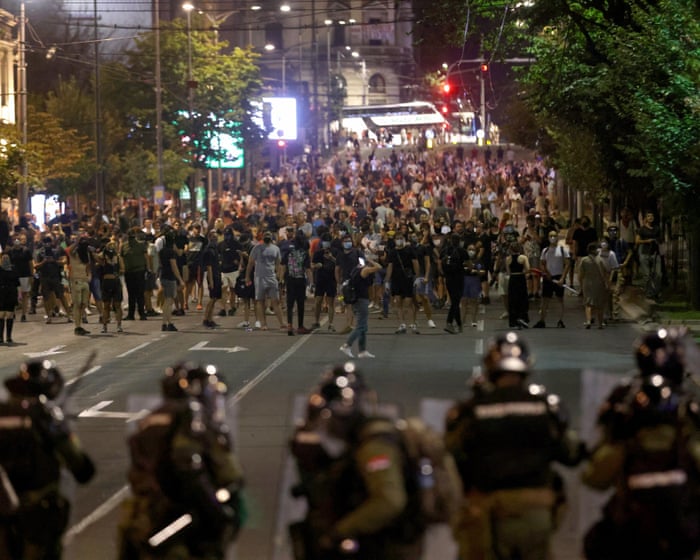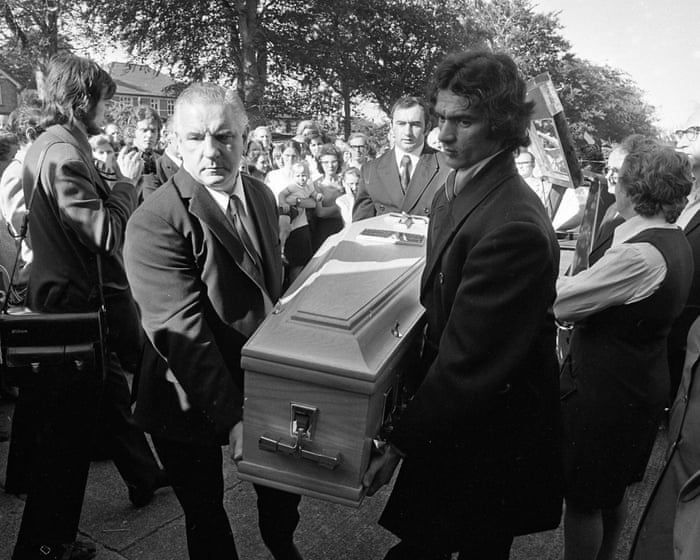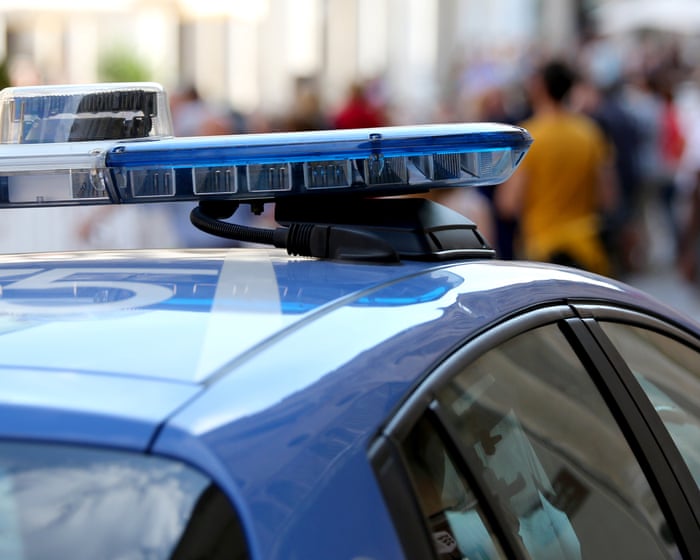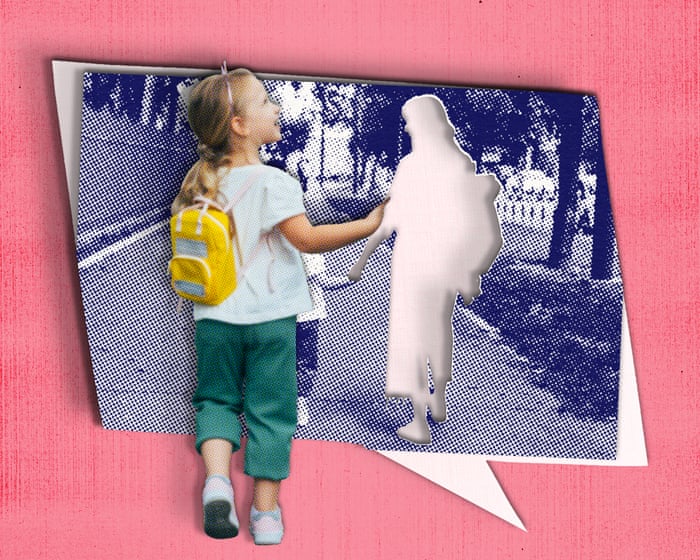Protests against Serbia’s government turned violent on Friday night, with reports of police using excessive force. This marked the fourth straight day of unrest across the country, including in Belgrade where police fired tear gas at demonstrators and tried to keep opposing protest groups apart.
The clashes have left dozens injured and hundreds arrested in the past week, as months of mostly peaceful anti-corruption and pro-democracy demonstrations reached a breaking point.
Serbian President Aleksandar Vučić dismissed the protests, saying the state was stronger than any demonstrations. He praised police actions, telling national broadcaster RTS: “This is the phase of despair when you have nothing left to offer citizens except beatings, clubs, and all the rest.”
Interior Minister Ivica Dačić denied police used excessive force, instead accusing protesters of attacking officers. Social media videos showed police in riot gear beating demonstrators as flares illuminated the streets.
Friday’s protests carried the slogan “Let’s show them we’re not a punching bag.” Demonstrators reportedly threw rocks and eggs at police, who then charged at crowds near government headquarters. The clashes involved riot police, anti-government protesters, and Vučić supporters – with the latter accused of firing fireworks and throwing bottles at opposition demonstrators.
In Novi Sad on Thursday night, protesters attacked the ruling Serbian Progressive Party’s offices, smashing windows and splashing red paint while chanting “he is finished.”
The student-led movement began last November after a railway station roof collapse killed 16 people – a tragedy many blamed on corruption and neglect in public projects. What started as vigils grew into mass protests demanding investigations and early elections.
While the protests forced the resignation of then-Prime Minister Miloš Vučević and his cabinet, Vučić remains in power despite accusations of suppressing democracy and enabling corruption.
Council of Europe Secretary General Alain Berset expressed concern about the violence on Friday, calling for calm and respect for peaceful assembly rights. He urged Serbian authorities to uphold European standards, emphasizing that “the rule of law and respect for human rights must prevail.”
FAQS
### **FAQs About Violence at Anti-Government Protests in Serbia**
#### **Basic Questions**
**1. What sparked the anti-government protests in Serbia?**
The protests were triggered by allegations of election fraud, government corruption, and dissatisfaction with political leaders.
**2. When did the protests turn violent?**
Violence erupted when clashes broke out between demonstrators and police, often after authorities tried to disperse crowds or arrest protesters.
**3. Where did the protests happen?**
Mostly in Belgrade, Serbia’s capital, but demonstrations also occurred in other major cities.
**4. Who is leading the protests?**
The protests are largely led by opposition groups, activists, and citizens demanding political change.
**5. How has the government responded?**
The government has condemned the violence, deployed riot police, and accused protesters of destabilizing the country.
—
#### **Intermediate Questions**
**6. What are the protesters demanding?**
They want fair elections, an end to corruption, and the resignation of key government officials.
**7. Have there been arrests or injuries?**
Yes, police have arrested protesters, and both demonstrators and officers have reported injuries.
**8. Is this the first time Serbia has seen violent protests?**
No, Serbia has a history of political unrest, including protests in recent years over environmental and governance issues.
**9. Are international groups involved?**
Some human rights organizations monitor the situation, but the protests are mainly domestic.
**10. How are media covering the protests?**
Local and international media report on the events, but some accuse pro-government outlets of biased coverage.
—
#### **Advanced Questions**
**11. What role does social media play in the protests?**
Protesters use social media to organize, share evidence of police actions, and spread their message globally.
**12. How does this unrest affect Serbia’s EU membership hopes?**
Political instability and human rights concerns could delay Serbia’s negotiations with the European Union.
**13. Are there concerns about foreign interference?**
The government has accused external forces of fueling protests, but no solid evidence has been presented.
**14. What legal actions could follow the protests?**
Authorities may charge protesters with public disorder, while activists could pursue legal challenges over election fairness.




